I'm trying to convert a regular pair of headphones (audio technica anc-9) with a electret microphone (headset buddy) to a converter box so I can use that setup as a aviation headset. All the information I have found isn't very straight forward and I'm hoping to get some help with a adapter box. I know the headphones have 100 ohm impedance and when I wire them together I get 50 ohms (the aircraft uses mono output). The aircraft needs a 150 ohm impedance. My question is: I figure I need a audio transformer of about 1:3 but I have no idea how to search digi key for the one I need, all I know is I want it to be small as possible.
The next part is that I'm stuck on is the microphone. I know the aircraft is expecting a carbon style microphone so the electret microphone needs to be adapted to work. From what I understand this requires around a 1volt output and I can get the power I need to amplify the voltage from the bias voltage provided from the microphone leads. I have found a diagram posted by Andy aka from this post:
Electret microphone amplifer for general aviation
Will this produce the required voltage? And do I need to match the impedance for the microphone too? Also what would I have to change be able to change the gain of the microphone?
to summarize:
how do I go about choosing a suitable transformer?
Does the microphone also require the impedance to match?
what would I do if the bias/phantom voltage is not 5-7 volts?
Thanks for any help
